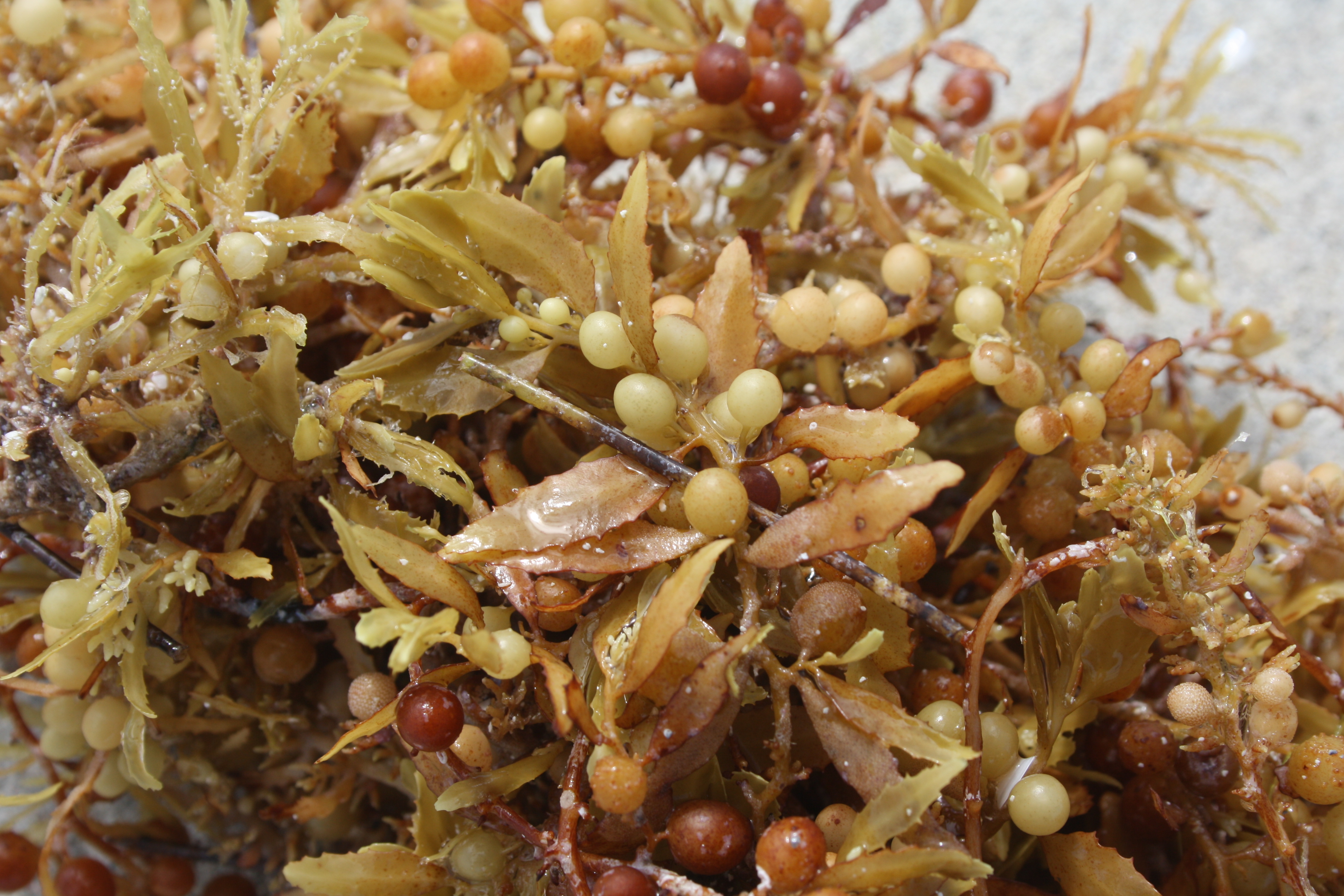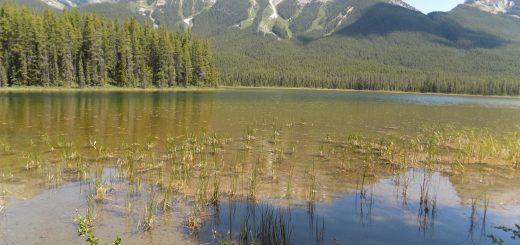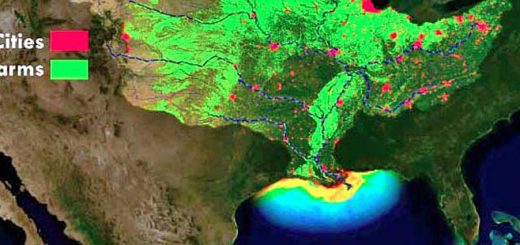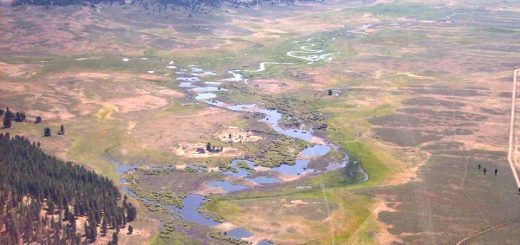The Sargasso Sea: adrift in floating habitat
In the middle of the North Atlantic Ocean is a large gyre (a system created by circulating ocean currents) where the water is still and the wind barely blows; this place is known as the Sargasso Sea. It is the only sea on the planet that doesn’t have a land boundary and, instead, is bordered by four strong ocean currents. This unique area draws its name from the species of seaweed, Sargassum, that float at the surface of the water.

The Sargasso Sea is located in the mid-Atlantic Ocean. Photo credit: U.S. Fish and Wildlife Service.
The floating Sargassum provides food and shelter in a vast ocean. It is kept afloat by air bladders and grows in thick mats, providing nursery habitat for many marine species including sea turtles, shrimp, crabs, and many species of fish. One of the attributes that make the Sargassum uniquely suited to this environment is that these species of seaweeds reproduce vegetatively in the open ocean. In contrast, other species of seaweeds have life stages that require at least one phase on the ocean floor. This allows Sargassum to thrive in areas that would otherwise be too deep to complete the life cycle.
The rafts of seaweed provide critical spawning habitat for endangered species such as the American Eel, White Marlin, Dolphinfish, and the Porbeagle Shark. A recent study by Daniel Ayala, Lasse Reimann, and Peter Munk, from the University of Denmark and the University of Copenhagen, identified 154 different types of larval fish species that use the Sargasso Sea (Ayala et al., 2016). This species richness is surprising because areas of open ocean are traditionally thought to have lower diversity. Ayala and colleagues found a wide variety of species in larval life stages ranging from coastal flatfish, to migratory eels, and pelagic predator species. They were able to identify specimens of larval fish to the species level using DNA barcoding, a technique that relies on short genetic markers, instead of a traditional taxonomic approach that rely on morphological differences.
Additionally, Ayala and colleagues discovered lots of variation when examining where larval fish species were located throughout the Sargasso Sea. They found that some species preferred areas at the edges of the ocean currents that form along the boundaries of the Sargasso Sea while other species were relatively evenly distributed. For example, larvae of the three eel species the researchers found (the Slender Snipe Eel, the Bandtooth Conger, and the European Eel) preferred areas at the edges of the currents. They suspect this may be because these areas may have high amounts of phytoplankton due to mixing of nutrient rich water. In contrast, three species of lanternfish (Hygophum taaningi, Bolinichthys indicus, and Lampanyctus photonotus) demonstrated even distribution throughout the sea. This research demonstrates that even areas of open ocean can provide refuge and nursery habitat for a diverse group of fish species.
References:
Ayala, D., Reimann, L., and Munk, P. (2016). Species composition and diversity of fish larvae in the Subtropical Convergence Zone of the Sargasso Sea from morphology and DNA barcoding. Fisheries Oceanography, 25(1): 85-104.
https://oceanservice.noaa.gov/facts/sargassosea.html
http://www.seaweed.ie/sargassum/sargasso.php





